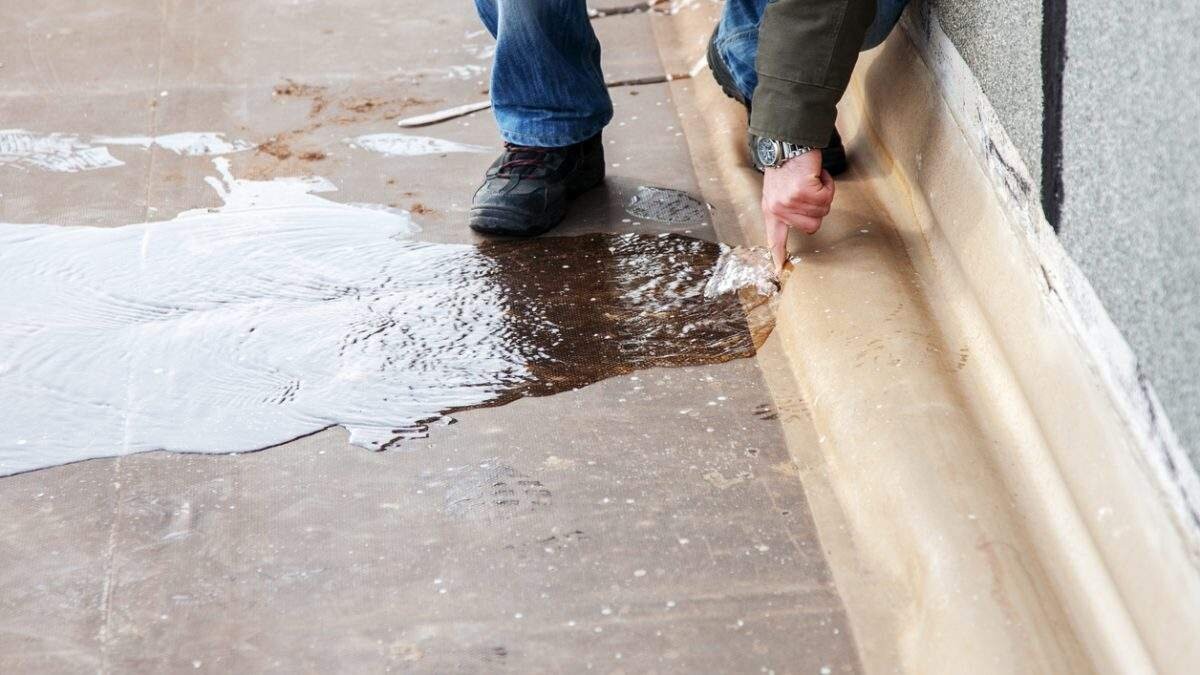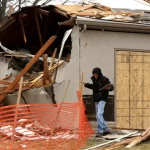You may notice unusual wet spots on your walls or ceilings. These signs often indicate a slab leak triggered by water escaping through minute fractures in concrete or pipes. Left unchecked, persistent moisture can promote mold growth, jeopardizing your home’s structure and residents’ health.
Swift action is vital; seek a professional plumbing inspection promptly to pinpoint the problem source. Specialists are equipped to repair such leaks effectively before they exacerbate into more serious issues.
Detecting Early Signs of Slab Leaks
Look for water spots on your floors or walls. They tell you that water may leak from cracked pipes under your home, a sign of slab leaks. These leaks often stay hidden until they cause visible damage.
Watch out for mold; it can grow where dampness lives and harm health. Listen too – sounds of running water mean trouble if nothing’s on. A high bill might also hint at hidden drips eating away at concrete foundations.
Find these early signs? Act fast to fix them with expert help before more damage is done to your house and pocketbook.
Common Causes Behind Slab Leakage Issues
Several causes lead to slab leaks, which strike when they are least expected. One common reason is corrosion, where pipes decay over time due to their interaction with substances that wear them down. Abrasion from constant contact with rough surfaces can weaken pipes until they give way.
Another culprit could be the ground shifting beneath your house, pressing on the piping system harshly enough to crack it. Poor construction practices play a part, too—using weak materials or cutting corners during installation leaves a plumbing system prone to early failure. Remember these issues well; they’re often why you might face such leaks at home.
Navigating Risks and Repair Solutions
When you spot warm spots on your floor or hear water when taps are off, it could indicate a slab leak. Such leaks often come from pipes wearing out under the concrete. Fixing these isn’t simple; you need pros who know their way around plumbing and have the right tools.
First, they find where the leak hides using high-tech gear that can listen through solid slabs. Then, they get to this pipe by removing some of the concrete to avoid more harm than good. Once they reach it, plumbers will either fix that bit of pipe or put in new parts if needed.
After fixing things up inside, tests make sure everything’s tight and dry. Lastly, they’ll patch up your floor so no one would guess what’s been done beneath their feet; that’s how thoroughly this kind of Courtesy Plumbing gets dealt with! They seal back any cut-out pieces snugly against each other again for a finish as smooth as before anything went wrong below ground level!
Understanding slab leaks demands attention to their origins, signs, and potential hazards. Pipes beneath your home may corrode or break due to shifting ground, causing such leaks. Look for damp floors, high water bills, or sounds of running water when no tap is in use—clear signals of trouble below.
Ignoring these symptoms can lead to severe structural damage over time. Safe homes require vigilance; Courtesy Plumbing helps you stay informed about risks beneath your feet while offering expert solutions should a slab leak arise.






















